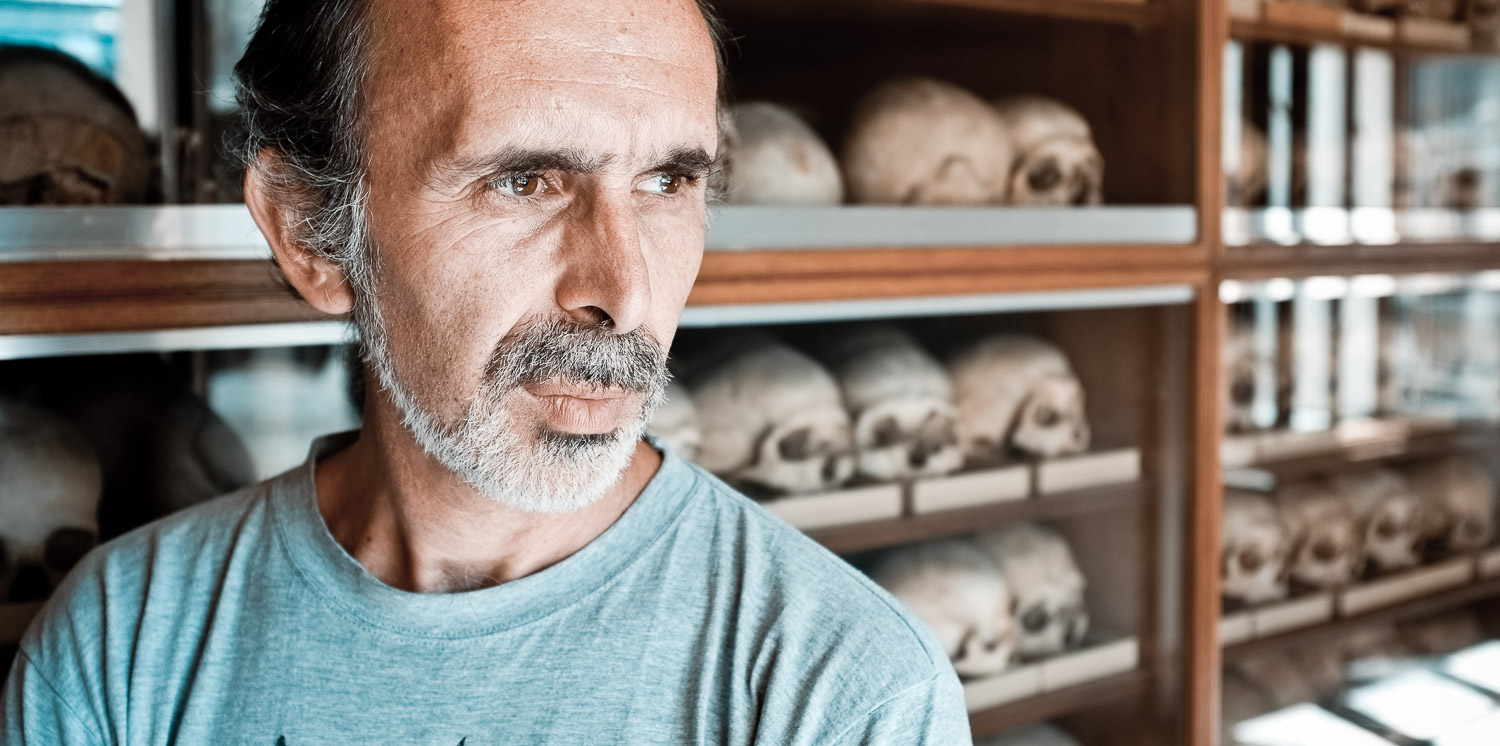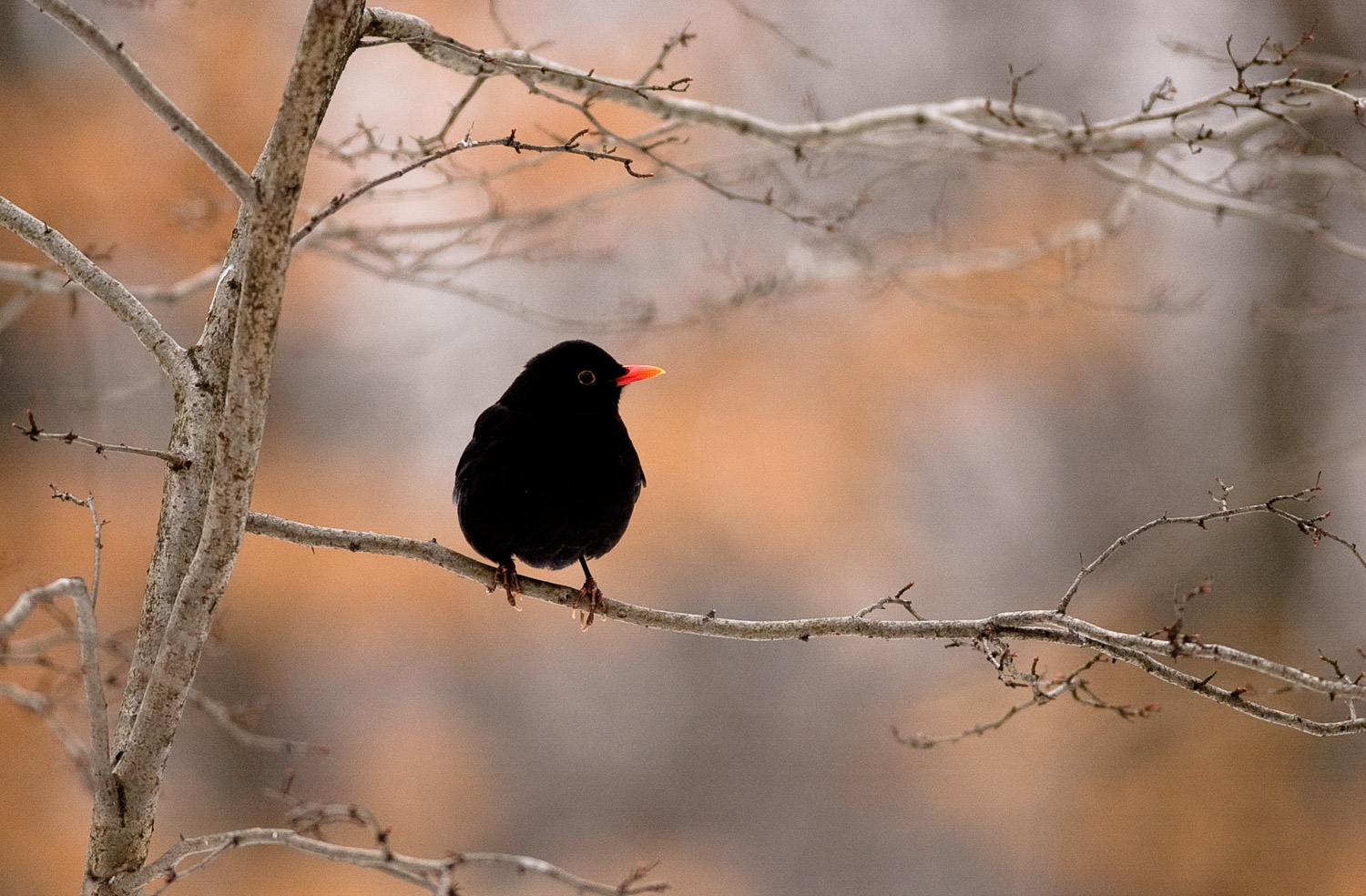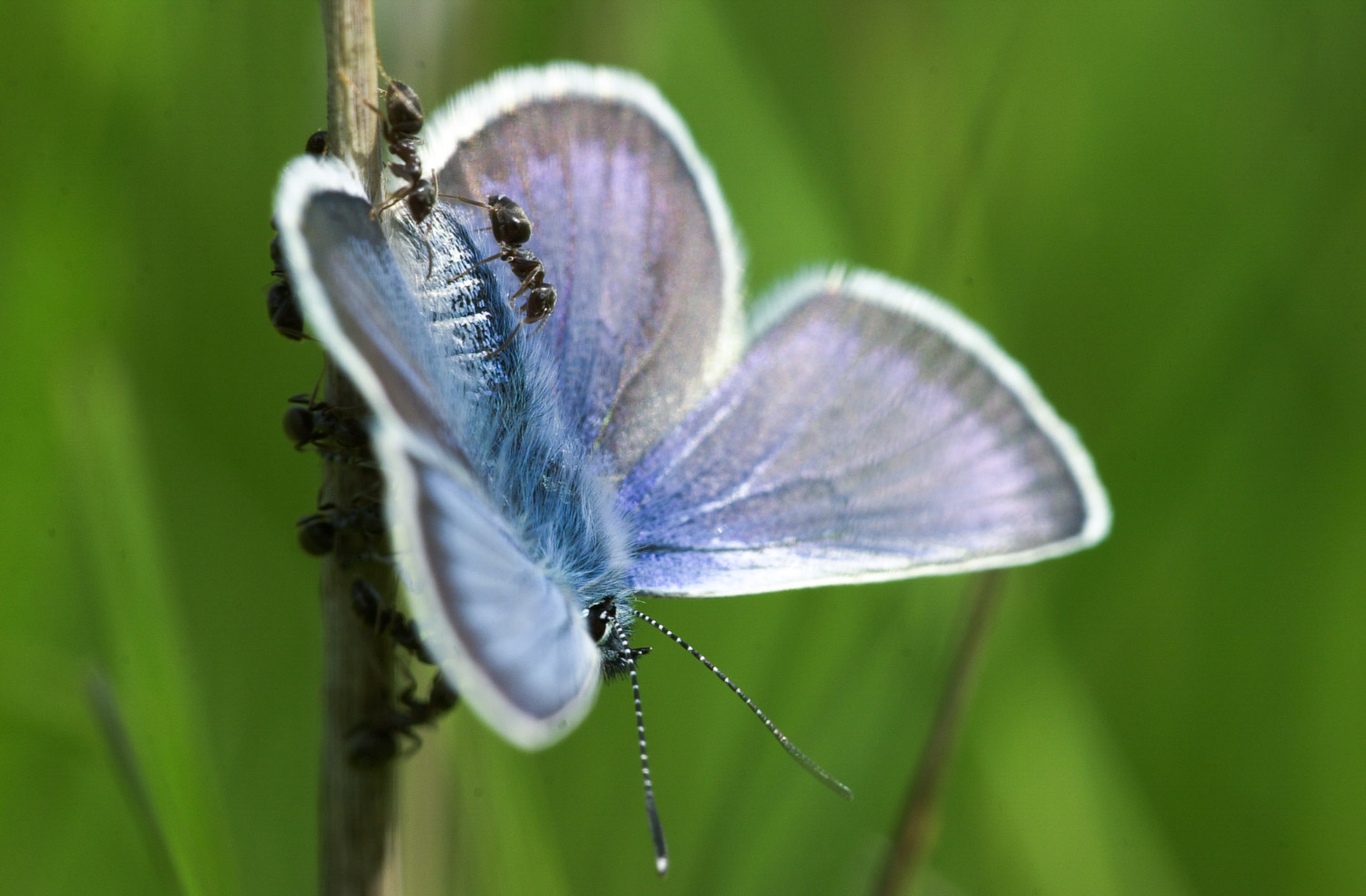 FUJIFILM FinePix X100 (23mm, f/2.8, 1/105 sec, ISO200)
FUJIFILM FinePix X100 (23mm, f/2.8, 1/105 sec, ISO200)
You should never use the term game changer lightly especially, especially with cameras, but some are. Here is my list.
This list only contains only digital cameras and with one exception only cameras with interchangeable lenses. And of course only cameras that I have owned for many, many years.
The Nikon D1 wasn’t my first digital camera but it was the first real one. And what a start that was. A professional DSLR with an APS-C sensor with a whopping 2.7 Megapixel and blazing fast 5 frames per second. You could shoot this baby up to ISO 1.600 but I preferred to stayed at ISO 400 or below to keep noise at bay.
Of course that spec sounds kind of funny today but it wasn’t when the camera came out. If offered JPEG out of the camera and it was offered at roughly half the price of the DSLRs offered by Kodak. Half price was still almost 6.000 Euro so I had to hunt for one second hand which I finally bought in January 2002 for 3.000 Euro.
 NIKON D1 (300mm, f/2.8, 1/350 sec, ISO400)
NIKON D1 (300mm, f/2.8, 1/350 sec, ISO400) NIKON D1 (185mm, f/8, 1/250 sec, ISO200)
NIKON D1 (185mm, f/8, 1/250 sec, ISO200)
 NIKON D1 (70mm, f/8, 1/320 sec, ISO200)
NIKON D1 (70mm, f/8, 1/320 sec, ISO200)
At that time I had still a couple of rolls of Fuji Velvia at home but those expired. There was no way back. An instant picture, I could attach all my Nikon lenses and of course the fact that I could shoot as much as I like without worrying about film and developing cost.
This camera completely changed my photography. I explored bird- and close up photography which are notorious for the high amount of shots that are only good enough for the bin but with digital it didn’t matter. Same was true for portraits. If your model didn’t like the picture you could delete it straight away. But I didn’t really enter portrait photography before I got the next game changer. The Canon 5D, the first affordable DSLR with a full frame sensor.
 Canon EOS 5D (24mm, f/10, 1/100 sec, ISO100)
Canon EOS 5D (24mm, f/10, 1/100 sec, ISO100) Canon EOS 5D (24mm, f/16, 1/30 sec, ISO100)
Canon EOS 5D (24mm, f/16, 1/30 sec, ISO100) Canon EOS 5D (35mm, f/2, 1/40 sec, ISO1600)
Canon EOS 5D (35mm, f/2, 1/40 sec, ISO1600)
I was a Nikon shooter for almost 20 years so it was not easy to switch to Canon. I had Nikon cameras and a back bag full of high quality Nikon lenses. But right before we moved out of Vienna our flat got burglarised. Among many other things all my camera gear got stolen. After it was clear that my insurance would cover my equipment I went to my camera store in order to get a replacement.
He recommend the Canon 5 plus the 24-105L. I should give it a try over the weekend and after that either return the camera or to purchase it. At that time my camera was the Nikon D200 and a full frame camera from Nikon was not in sight. After seeing the files of the Canon 5D there was no way that I would go back to a Nikon D200. It was not even close. The sensor in the Canon was a completely different thing. Not only regarding crispness but also regarding high ISO noise and colour management. The skin tones of the Canon was excellent. Back than that was not the case with my Nikons.
Beside the zooms I also got some primes and my favourites were the 35L and the 135L. The first perfect for environmental portraits and the later was perfect for tight headshots in the landscape format. Excellent portrait lenses and excellent skin tones no wonder I became the favourite portrait photographer for my friends. That’s also the reason why I can’t share the head shots here because I value their privacy but I had to post at least one portrait taken with the 35L where the face of my friend is covered by a massive camera. Another true game changer: the Nikon D3! A professional DSLR from Nikon with a full frame sensor and previously unseen high ISO performance. The D3 came out end of 2007, just a couple of months after I have switched to Canon! Sometimes life can be truly funny.
But no regrets. The Canon 5D and later the 6D were great cameras too. I started with the f4 zooms but later upgraded to the faster lenses. Especially the Canon EF 24-70/2.8 II and the Canon EF 70-200/2.8 IS were truly fantastic lenses. The best in their class but this set up was also rather big and heavy so when Sony introduced a super small camera with exchangeable lenses and APS-C sensor I had to get one.
I bought the Sony NEX5 just before I went on vacation to the USA in 2010 and even though I brought two DSLRs I shot most of the images with the little Sony. “Roam like a tourist and shoot like a pro.” That was the ad from Sony and it worked for me. The Sony NEX5 was not really a pro camera of course and even less so the first lenses but I just loved it. For all the years I was lugging around massive cameras with professional lenses and now I had this tiny camera that offered excellent image quality in good and especially also in low light. Back then my main camera was still the Canon 5D and the NEX5 had a high ISO performance that was superior to my full frame DSLR.
The Sony NEX5 had no viewfinder and the camera was so tiny that I decided to flip its LCD screen and shoot it from the hip. Instead of the index finger I used my thumb to push the shutter release button which also lowered my point of view which was a real advantage in many shots. I really loved the camera because of its size but it was clearly held back by the first lenses so when Sony introduced the Zeiss 24/1.8 for the NEX mount I planned to get one.
 SONY NEX-5 (19mm, f/11, 1/200 sec, ISO200)
SONY NEX-5 (19mm, f/11, 1/200 sec, ISO200) SONY NEX-5 (18mm, f/3.5, 1/30 sec, ISO800)
SONY NEX-5 (18mm, f/3.5, 1/30 sec, ISO800)
That was before I saw the price of the Zeiss lens. At the same time the next game changer came out. The Fuji X100, a beautifully crafted camera that sported a 23mm lens with an aperture of f2 for about the same price as the Zeiss lens. The Fuji X100 was completely different to every other digital camera. When I shot it a lot of people thought it is an old camera.
At that time I traveled a lot to former Eastern Europe for business. Hungary, Czechia, Slovakia, Romania, Poland, Russia and the Ukraine. The Fuji X100 was always with me. It replaced the compact (small sensor) cameras that I used to bring for those trips.
The Fuji X100 had a very good image quality, excellent auto-WB and excellent high ISO performance. The X100 was small, looked like an old camera and its leaf shutter was completely silent. It was an extremely discreet camera to shoot with. A big advantage in many places like i.e.: in the Moscow metro.
I took some of my favourite shots with this camera and one of my favourite portraits on the very first day. The image below taken in the NHM Vienna (Naturhistorisches Museum Wien). A portrait of a good friend of mine in front of a cabinet filled with skulls. A display item that has been removed from the public exhibition a long time ago because for its obvious racism. It’s now in a hallway that is not open to the public but I could see it because my friend works there as a scientist.
I was impressed by the strange cabinet, realised the strong daylight coming from the large windows and asked if I could take his portrait in front of the skull cabinet with my brand new camera. The result was one of my favourite portraits of all time.
 FUJIFILM FinePix X100 (23mm, f/2.8, 1/105 sec, ISO200)
FUJIFILM FinePix X100 (23mm, f/2.8, 1/105 sec, ISO200)
 FUJIFILM FinePix X100 (23mm, f/2, 1/60 sec, ISO640)
FUJIFILM FinePix X100 (23mm, f/2, 1/60 sec, ISO640) FUJIFILM FinePix X100 (23mm, f/2, 1/60 sec, ISO320)
FUJIFILM FinePix X100 (23mm, f/2, 1/60 sec, ISO320)
Another all time favourite is the picture taken on the Red Square in Moscow taken during a snowstorm. It was so cold that I nearly froze my skin. When I returned to my hotel room my face looked like I had a massive sunburn. But it was worth it. Shooting on the Red Square that night I felt like I’m in a fairy tale.
A 23mm lens (35mm on full frame) is surprisingly versatile as it covers a wide range of motives but of course it also has its limits. I managed to work with what I had but on many occasions I wanted to have a wider lens. So I wished that Fuji would make an X100 camera with interchangeable lenses. And Fuji did exactly that. Roughly a year after the X100 they launched the Fuji X-Pro1.
I bought mine second hand in December 2012 just a little more than 10 years after I got my Nikon D1. At that time I had no plans that the Fuji X would become my main system. The X-Pro1 was just a more flexible version of the X100. From the start I had the XF 18/2 R that I also got second hand and the XF 35/1.4 R. Right before my first business trip to Asia I got the XF 14/2.8 R. Just in time. This lens rendered the 18/2 superfluous and I sold it a little later.
The XF 14/2.8 R became my favourite Fuji lens and still is. I also still have the XF 35/1.4 R and those two lenses plus the XF 23/2 WR are my standard on my trips to Asia. So not much has changed except that I switched to the X-Pro2 in early 2016.
 FUJIFILM X-Pro1 (14mm, f/8, 1/30 sec, ISO320)
FUJIFILM X-Pro1 (14mm, f/8, 1/30 sec, ISO320) FUJIFILM X-Pro1 (14mm, f/9, 1/240 sec, ISO200)
FUJIFILM X-Pro1 (14mm, f/9, 1/240 sec, ISO200) FUJIFILM X-Pro1 (14mm, f/10, 1/340 sec, ISO200)
FUJIFILM X-Pro1 (14mm, f/10, 1/340 sec, ISO200) FUJIFILM X-Pro1 (35mm, f/1.4, 1/125 sec, ISO4000)
FUJIFILM X-Pro1 (35mm, f/1.4, 1/125 sec, ISO4000) FUJIFILM X-Pro1 (14mm, f/4.5, 1/680 sec, ISO200)
FUJIFILM X-Pro1 (14mm, f/4.5, 1/680 sec, ISO200)
Today I also have the Fuji X-H1 plus XF 10-24/4 OIS R, XF 16-55/2.8 WR and XF 55-200/4.8-5.6 OIS R but I prefer to shoot the X-Pro2 together with the primes. For me this is the real thing. I just love this camera together with my favourite three prime lenses.
Of course I would like to have an eye-AF like most modern mirrorless cameras offer today. That eye-AF is a real game changer for portrait photography. There is no need to move the AF point around with the joystick. Just point and shoot. The camera will ensure that the eye of your model is in perfect focus. Great! And I would love to have IBIS. All my primes would have image stabilisation and would allow lower shutter speeds. I would love to have those things but do I need them? I’d rather live without those features because I prefer the shooting experience with the Fuji X-Pro2 but I would not be offended if Fuji adds eye-AF and IBIS in the X-Pro4.
Photography is a great hobby. You go out, you travel, your meet people. We are also constantly in search for a newer, better camera or better lens. I know what I’m talking about. I went through an unhealthy amount of camera gear within the last 20 years but it seems that at the end I finally found the perfect camera gear for my needs.
This was blog post number 700. I started this blog in 2012 and the inspiration for this blog was the Fuji X100.
 FUJIFILM X-Pro1 (14mm, f/5.6, 1/900 sec, ISO200)
FUJIFILM X-Pro1 (14mm, f/5.6, 1/900 sec, ISO200)
